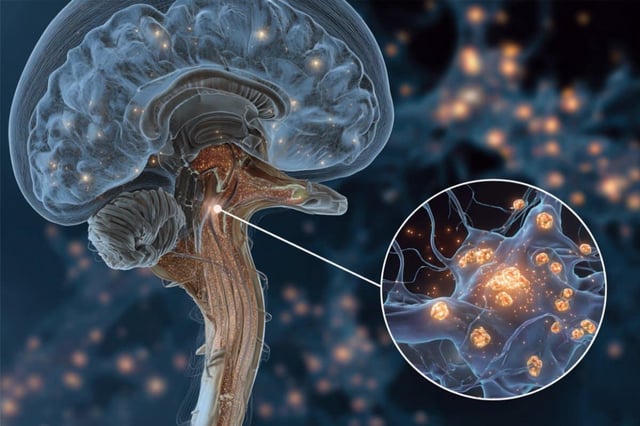Overview
- Researchers from the Hebrew University of Jerusalem reported in Science Advances that medullary dorsal horn neurons reduce their firing during short-term inflammatory pain.
- The team identified the A-type potassium current (IA) as the key mechanism that increases in acute pain to curb neuron excitability.
- In chronic pain models, IA activation is absent and projection neurons become hyperactive, allowing pain signals to continue unabated.
- The failure of this endogenous braking response highlights a precise molecular target for therapies aimed at restoring the brain’s own pain-regulation systems.
- Chronic pain affects over 50 million Americans and one in five Australians over 45, demonstrating an urgent need for more effective treatment strategies.
